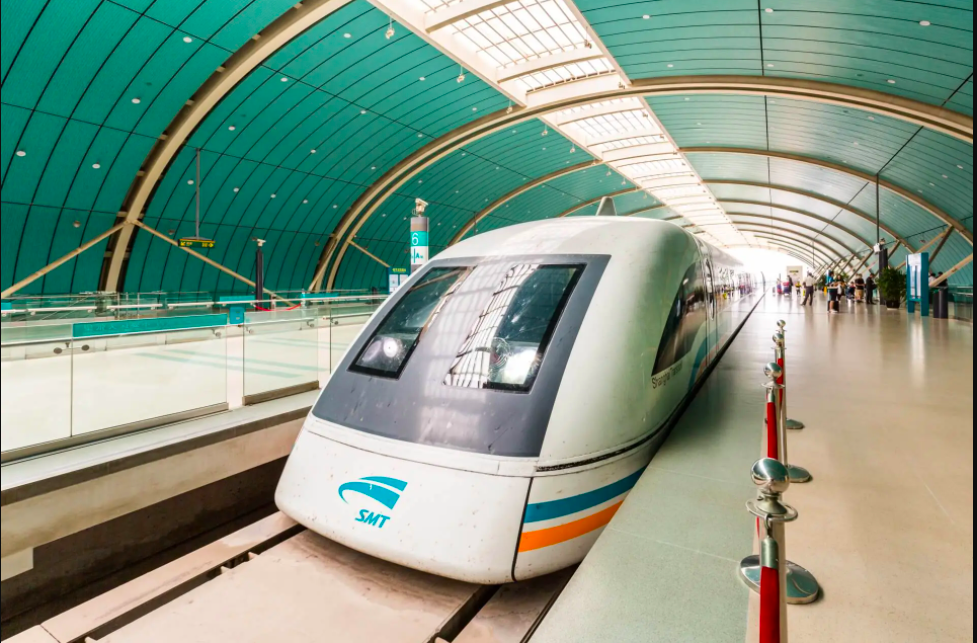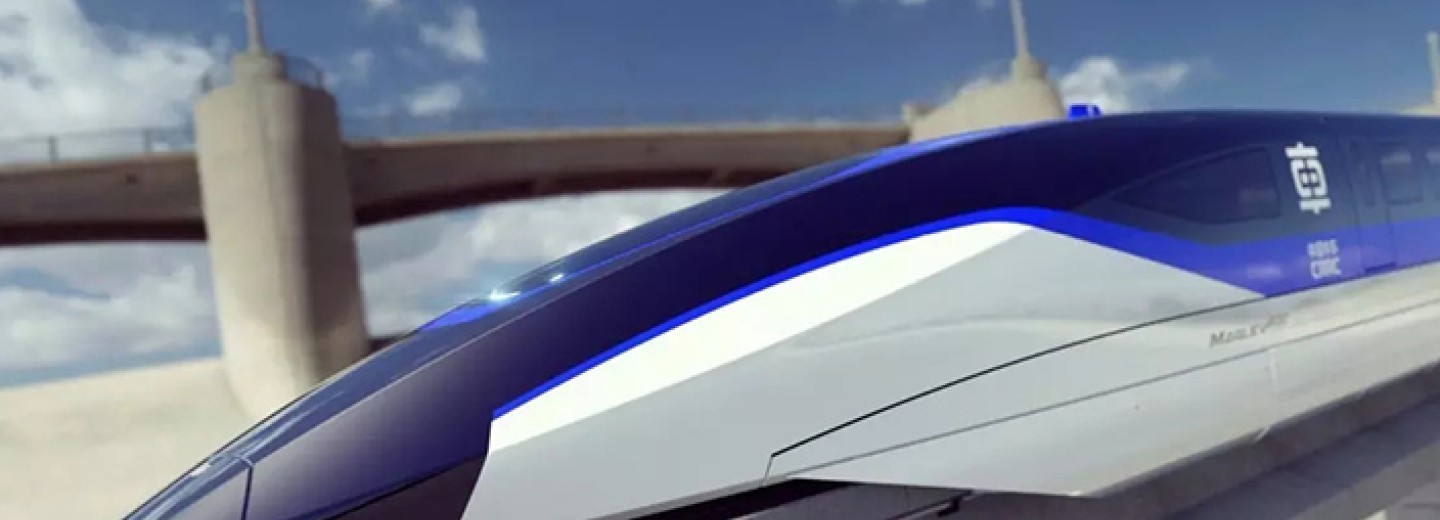China news 8th March 2021
Marching orders
Although Hong Kong has been returned for 23 years, the official government ceremonies have always followed the rules of the British colonial era. The major disciplined forces still use British drill format. Only the Immigration Department has performed a Chinese-style drill in a parade. But today, more than eight months after the implementation of the “Hong Kong National Security Law”, there will soon be a breakthrough to set things right.
The Hong Kong media “Hong Kong 01” reporter yesterday (February 22) photographed officers and soldiers of the People’s Liberation Army Garrison in Hong Kong at Wong Chuk Hang Hong Kong Police College. They were training members of the Hong Kong Police Force in Chinese-style drill. It can be seen from the video that the Hong Kong Police Force consists of about ten people in a small team, with one to two PLA officers and soldiers teaching Chinese-style drills. In addition, personnel from other disciplined forces in Hong Kong were present to study.
The reporter learned from the Hong Kong police that they invited the guards of honour of the three services of the Hong Kong Garrison to teach Chinese marching drill. The police provided the venue and other disciplined services sent personnel to the scene for training. The training course lasted about two weeks. According to reports, the Hong Kong police will use Chinese drill in certain occasions or activities in the future.
Seeing the news report, many netizens applauded.
Source: news.ifeng.com.
Maglev – the future of railways

The Department of Natural Resources of Guangdong Province announced plans for the Beijing-Hong Kong-Macao and Shanghai (Shenzhen)-Guangzhou high-speed magnetic levitation (maglev) train lines.
Maglev trains are divided into two types: constant-conducting maglev (EMS) and superconducting maglev (EDS). The former uses magnetic attraction to make the vehicle float. T-shaped rails are used. Electromagnets are installed under the train and steel plates are placed on the bottom of the rails. When the electromagnet is energized, it can generate a magnetic field to push the vehicle upward.
The super-conducting maglev uses U-shaped guide rails. When the train is running, the electromagnet under the vehicle and the coil in the track will generate opposing magnetic force to make the vehicle float. However, this type of train is equipped with wheels, allowing the train to start until it reaches a floating speed. When the train stops, wheel brakes are also required.
China has a good network of low and medium-speed maglev trains. Currently, Beijing, Shanghai, and Changsha each have an operational maglev track. At present, there are three maglev lines in commercial operation in China. In addition to the low-to-medium-speed maglev lines under construction, as well as the Beijing-Hong Kong-Macao and Shanghai-Shenzhen-Guangzhou high-speed maglev lines planned in the future, China is expected to have more than a dozen maglev lines.
Low-to-medium-speed maglev trains travel at less than 160 kilometres per hour. They are mainly used in scenic spots, urban traffic and other areas with many stations and short distances. The medium-speed maglev is 160 to 250 kilometres per hour and is mainly used for long mileage with urban traffic. The Shanghai Maglev Demonstration Line is the world’s only commercial high-speed maglev line. It has a total length of 30 kilometres and a maximum speed of 430 kilometres per hour.

Advantages and disadvantages of maglev
Because the maglev train has no wheels, is frictionless and other factors, it consumes 30% less electricity than the most advanced high-speed train. At a speed of 500 kilometres per hour, the energy consumption per seat is only 1/3 to 1/2 of that of an airplane. Due to trackless contact, the train has less vibration, better comfort, and lower noise. neither a typhoon, heavy rain or even freezing rain, poor climatic conditions will not affect its safe operation.

High-speed maglev transportation is the fastest, large-scale, ground public transportation currently achievable. The high-speed maglev with a speed of 600 kilometres per hour can fill the speed gap between high-speed rail and air transportation.
However, the construction cost of maglev trains is extremely high. Taking Shanghai Maglev Line as an example, the design investment of about 30 kilometres of the line cost 8.9 billion yuan.
Before China started the construction of the Beijing-Shanghai high-speed rail, some experts suggested that more advanced high-speed maglev train technology should be adopted. This caused many years of controversy between the “maglev school” and the “wheel-rail school”. The “maglev school” believed that by using maglev technology to eliminate wheel-rail friction, there were unlimited possibilities for increasing train speeds. They used new technology based on independent technological research to develop maglev trains.
The “wheel-rail school” quoted the French high-speed train TGV to run at speeds of more than 500 kilometres per hour on the Atlantic line. However, the high cost of maglev technology is a problem that must be considered. According to calculations at that time, the construction cost of the maglev train was about three times that of the high-speed rail.
Finally, in March 2006, the State Council approved in principle the “Beijing-Shanghai High-speed Railway Project Proposal”. Construction would be finished by June 2011. At this point, the wheel-rail and maglev dispute came to an end, and China entered the “high-speed rail era.”
Now, looking at Guangdong, Shanghai, Shandong, Sichuan and Beijing-Tianjin-Hebei and other places vying to plan maglev lines and layout industries, high-speed maglev has returned to the vision of decision-makers.Whether it is “wheel-track” or “maglev”, the intention is to facilitate travel and improve the relationship between people and people, and between cities and cities. High-speed rail has been deeply integrated into society. The vigorous development of maglev in the future will not only reshape China’s transportation strategy: it is also expected to change the people’s time concept, travel mode and pace of life again.
Source: hk01.com.
China remains the place for business
The American Chamber of Commerce in South China stated that companies located in southern China have no intention of “decoupling”, though it is expected that tensions between the two sides will intensify. According to a new study by the American Chamber of Commerce in South China, despite fears that friction between Beijing and Washington may intensify this year, most SMEs operating in southern China still plan to stay in China.

Ninety-five percent of the companies surveyed stated that they have no intention of decoupling from China. Many business leaders expect the Biden administration will maintain a tough stance on China in areas such as high-tech equipment. “The business community generally believes that the Biden administration will view US-China relations from a different perspective,” said Harry Saiddin, President of the American Chamber of Commerce in South China, in a statement.
During this period, both parties will have the opportunity to examine each other’s differences, evaluate matters that are important to both parties, and begin a friendly and respectful dialogue.
More than half of the companies participating in the survey said that US tariffs had a negative impact on their business. However, China is still the top investment destination for 55% of companies, an increase of 10 percentage points from 2019. Most interviewed companies said that their return on investment in China last year was higher than elsewhere. The proportion of companies that stated that China will be the primary investment target this year rose from 45% to 55%, while the proportion of companies planning to transfer their investments to other places was halved to 19%.
The continued interest in investing in China echoes reports released by the American Chamber of Commerce on February 17. This warned that, if US companies reduce their investment in China by 50%, the loss of US GDP could be as high as US$500 billion.
Source: oversea.huanqiu.com.
Worked on the article:

Wanlikhang





